7 Ways a Physical Therapist Can Boost Your Recovery
Recovering from an injury or surgery can be a challenging journey. A physical therapist plays a crucial role in accelerating your recovery process and ensuring you regain your strength and mobility. In this article, we will explore various ways a physical therapist can enhance your recovery experience and help you achieve your goals faster.
1. Personalized Rehabilitation Plans
A physical therapist creates a tailored rehabilitation program designed specifically for your needs, which can lead to faster and more effective recovery.
This personalized approach involves an initial assessment to evaluate your unique situation, including injury history, physical capabilities, and overall health. By understanding these factors, a physical therapist can outline a clear path to rehabilitation. Not only does this ensure that the exercises and therapies are suitable for you, but it also adapts as you progress. This dynamic plan is essential as it keeps the recovery process aligned with your current state, setting realistic goals and timelines that truly reflect your journey.
2. Expert Guidance on Exercise Techniques
Physical therapists provide valuable instruction on proper exercise techniques to prevent further injury and ensure you are performing movements safely.
Understanding how to execute movements with correct form can vastly improve the effectiveness of your rehabilitation. A physical therapist not only teaches you the right techniques but also observes and corrects your posture during exercises. This supervision is vital, especially when you're healing, as improper form can exacerbate your condition. Through ongoing feedback, you'll gradually build confidence in your ability to move, which directly contributes to your recovery process.
Additionally, therapists often incorporate variations of exercises that add variety and challenge without risking injury. The key is to gradually increase intensity as you gain strength and flexibility, making every session not only beneficial but also engaging.
3. Pain Management Strategies
They offer various pain management techniques, including manual therapy and modalities that can alleviate discomfort and enhance your overall recovery experience.
Utilizing hands-on techniques, such as massage and mobilization, a physical therapist can help decrease muscle tension and promote blood flow, which are crucial in the healing process. These methods often lead to immediate pain relief, making it easier to proceed with your rehabilitation exercises. Beyond manual therapies, therapists might employ modalities like heat, ice, electrotherapy, or ultrasound, catered to your pain levels and injury specifics. Such a multifaceted approach to pain management not only eases immediate discomfort but also supports long-term recovery.
4. Improving Mobility and Strength
Utilizing targeted exercises, physical therapists help improve your range of motion and strength, which are vital to regaining independence.
Navigating through the various stages of recovery, physical therapists focus on gradual improvements. They'll design exercises that specifically target areas of limitation, progressively challenging your body to move beyond its previous constraints. For example, if you're recovering from a leg injury, exercises might begin with gentle stretches to enhance flexibility, eventually transitioning to strength-building activities such as resistance training. Each phase is crucial and is closely monitored to ensure you're pushing yourself, but not too far.
Moreover, as strength improves, therapists often integrate functional movements that mimic real-life activities, helping you to seamlessly transition back to everyday life. This holistic approach not only aids in physical rehabilitation but also boosts confidence, enabling you to enjoy activities you love once again.
5. Education on Injury Prevention
Beyond treatment, physical therapists educate patients on how to prevent future injuries, empowering them with the knowledge to stay healthy.
This education helps identify risk factors that may lead to re-injury, fostering a mindset of proactivity. A physical therapist will often provide advice on proper body mechanics, strength training, and flexibility exercises tailored to your lifestyle. For instance, if you engage in a sport, they can develop a specific conditioning program that focuses on injury prevention techniques relevant to that activity. This foundational knowledge not only supports immediate recovery but inculcates habits that contribute to long-term health.
6. Support and Motivation
Having a dedicated professional motivates you throughout your recovery, providing emotional support and encouragement to help you stay on track.
Beyond the physical improvements, the emotional and psychological aspects of recovery are equally important. A physical therapist serves as a source of motivation, helping you navigate challenges during your rehabilitation journey. They celebrate your milestones, no matter how small, reinforcing a positive outlook that can significantly boost your morale. When facing tough days, this support can be critical, reminding you of the progress made and instilling a sense of hope for the journey ahead.
7. Utilization of Advanced Technology
Many physical therapists incorporate state-of-the-art technology and equipment into rehabilitation programs, optimizing recovery and monitoring progress effectively.
This might include tools like dynamic movement analysis systems or resistance bands with sensors that provide real-time feedback on your performance. By integrating technology into your sessions, therapists can more accurately track improvements and make data-driven adjustments to your rehabilitation plan. Such innovations not only enhance the efficacy of your exercises but also make the rehab process more engaging and interactive, keeping you motivated to continue pushing forward.


